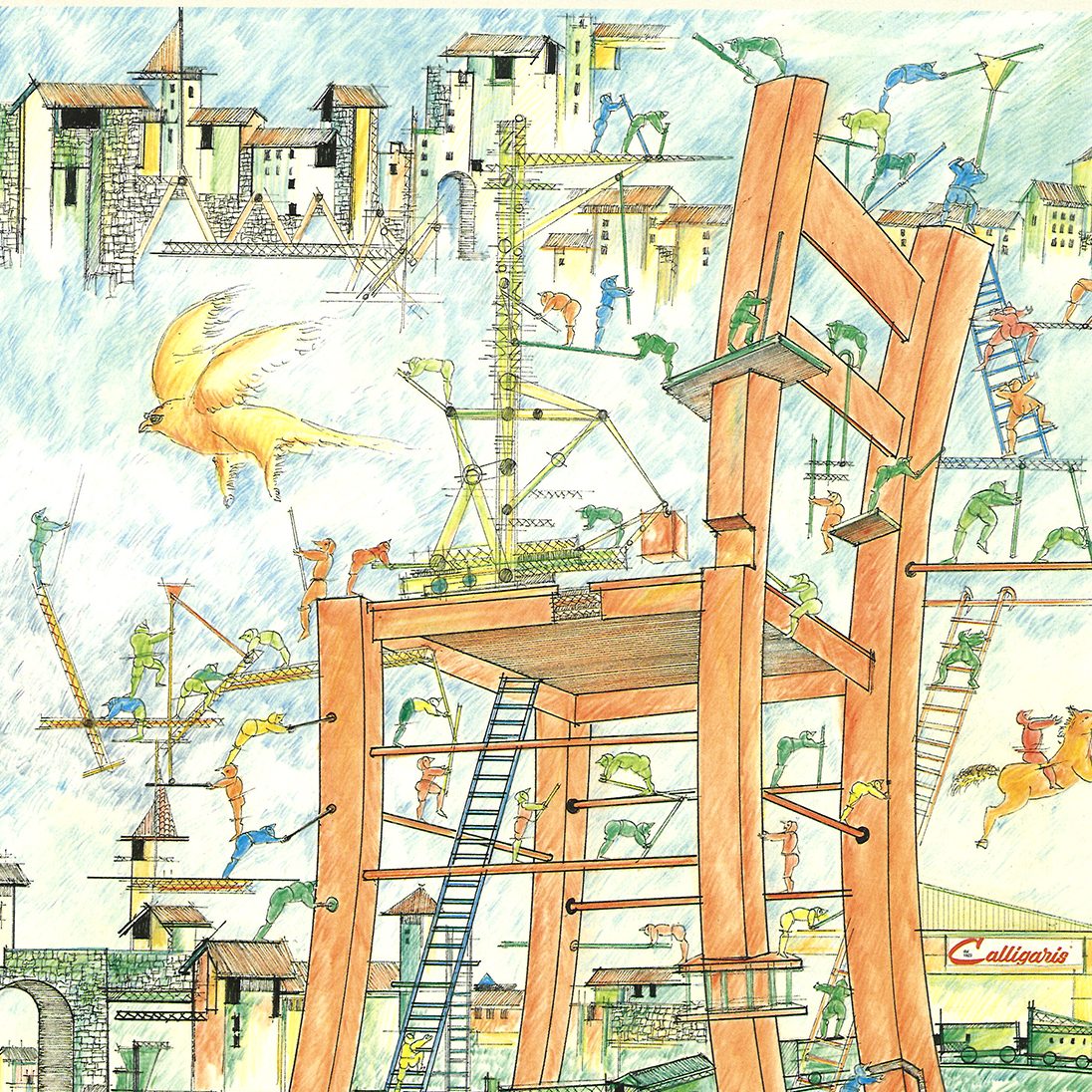Calligaris turns 100!
2023 promises to be a year of great success for Calligaris.
Marocca is the first chair that Antonio Calligaris and his young son Romeo, armed with a planer, wood, passion and precision, made in their small workshop in Manzano in Friuli.
A chair that dates back to 1923 and allows us to arrive today at the third generation of Calligaris.
A chair that made history.
A story based on respect for tradition, innovation and attention to the concept of home.
A hundred-year journey that has turned what was originally a small chair manufacture into the large international production reality that it is today
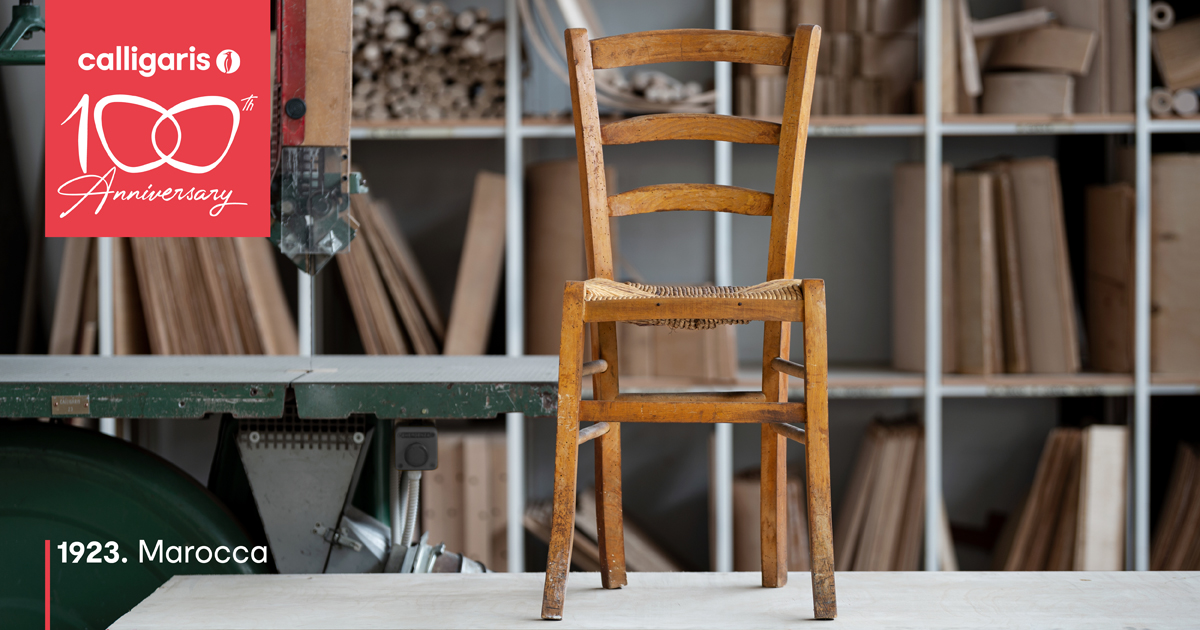
The Marocca chair takes us back in time and back to the origins of the Calligaris story.
The Marocca smells of the small workshop where Antonio Calligaris and his young son made it in 1923. It is an expression of craftsmanship and, with its wide, curved backrest, preserves the memories of that time.
The golden days when Marocca involved the whole village, from the shop apprentices for the straw staining to the women whose skilful fingers weaved the straw seats.
Another step down memory lane: Vienna, the chair with its characteristically curved design.
It represents in its entirety the union of past and future: innovation in woodworking, which is treated with steam for the first time, and the traditional, time-typical curvature of the backrest.
Tradition and innovation come together to create a masterpiece that can still be admired today.
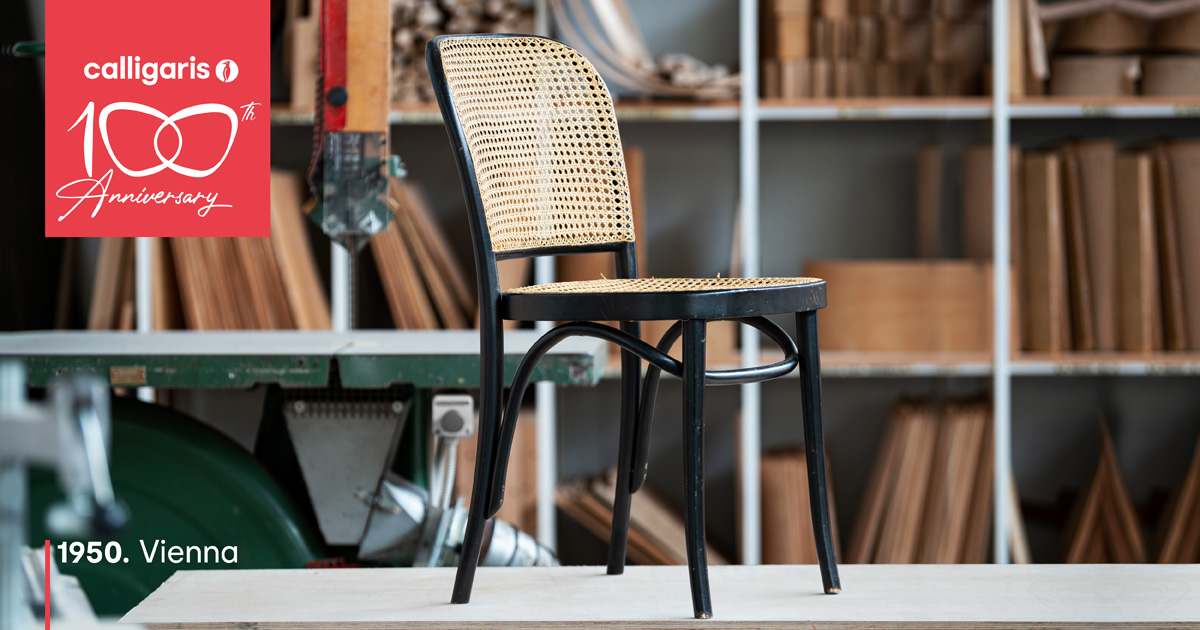
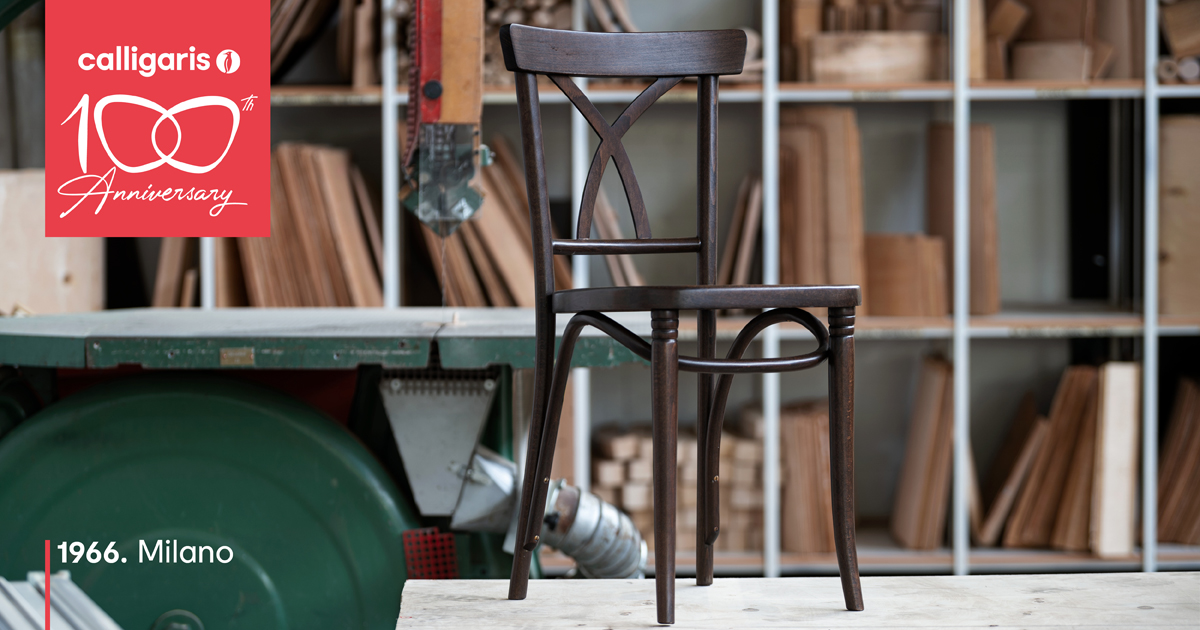
The Milano chair tells a story where tradition and innovation intertwine: it was 1966 and the production of these artefacts was still done with the help of very few machines and mostly of women who meticulously took care of it.
The Milano chair carries the scent of wood from the Friulian mountains.
But this chair is also the result of the constant search for innovation: it is the first chair designed specifically for offices and restaurants.
The Pisa chair is almost an icon of the 80s that evokes nostalgic memories of Sundays spent with family and grandparents' house, still present in their homes today.
The Pisa is also a symbol of innovation and progress. With a solid and robust structure, perfect for mass production, it adapts perfectly to any environment.
The true magic of this chair lies in its shaped and slightly inclined multi-layer backrest, making it unique.
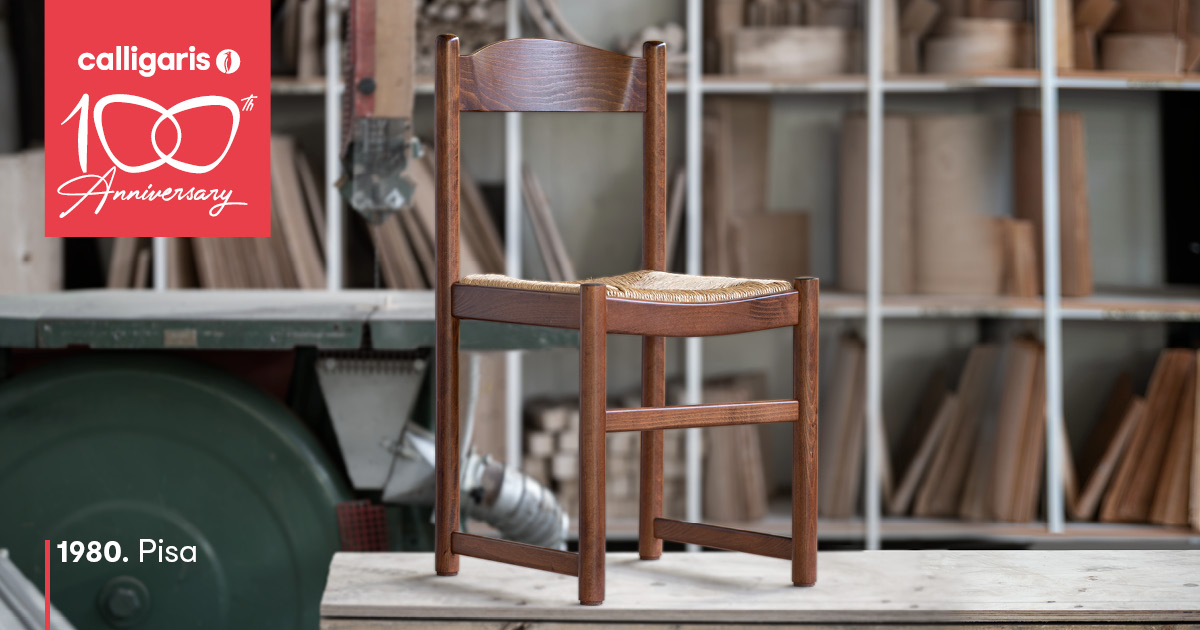
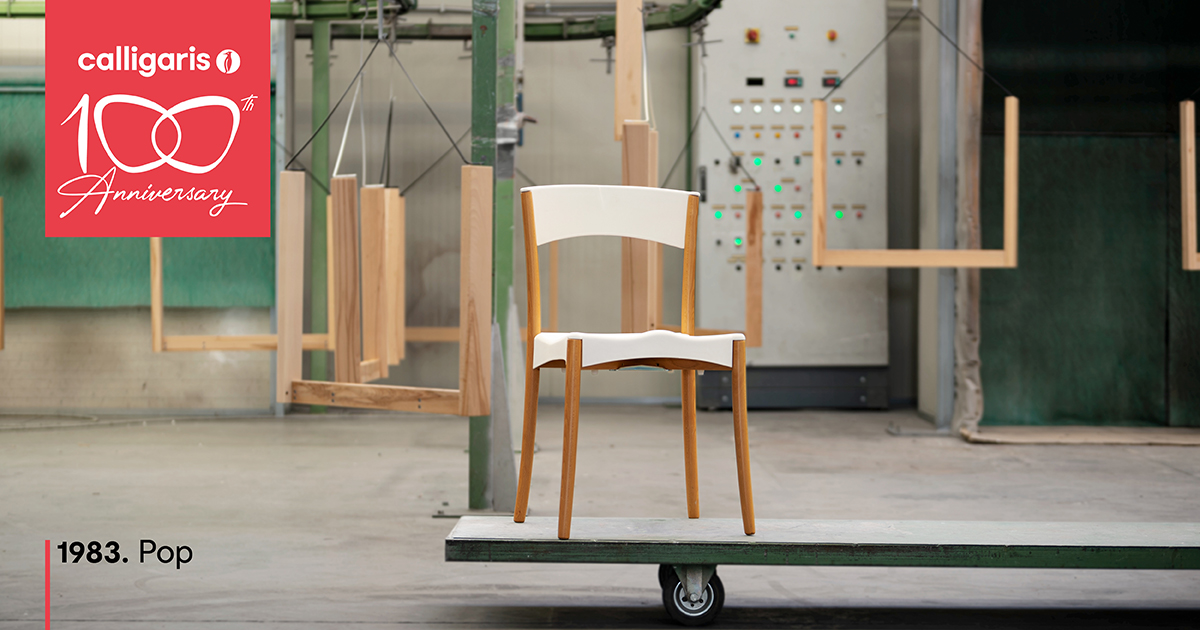
The Pop Chair, as suggested by its name inspired by the comic book universe, was born in the typical industrial context of the 80s characterized by elements that have become iconic over time.
And that's exactly what happens to this chair: thanks to the beech and polypropylene duo, it soon becomes an inspiration for the years to come.
The ease of assembly and its space-saving simplicity make it suitable for any environment, ergonomics and comfort ally themselves creating this unique and incomparable complement. Furthermore, the seat, available in many colors, made it adaptable to any style or preference.
The Colf chair represents the desire to move towards a more concrete future, offering the market an innovative product: the metal it is made of symbolizes a new material used for furnishings that characterizes the 1980s.
Designer Franzolini designs the Colf giving it unprecedented versatility. In fact, it adapts to all environments, from bars to domestic walls, including restaurants and trattorias.
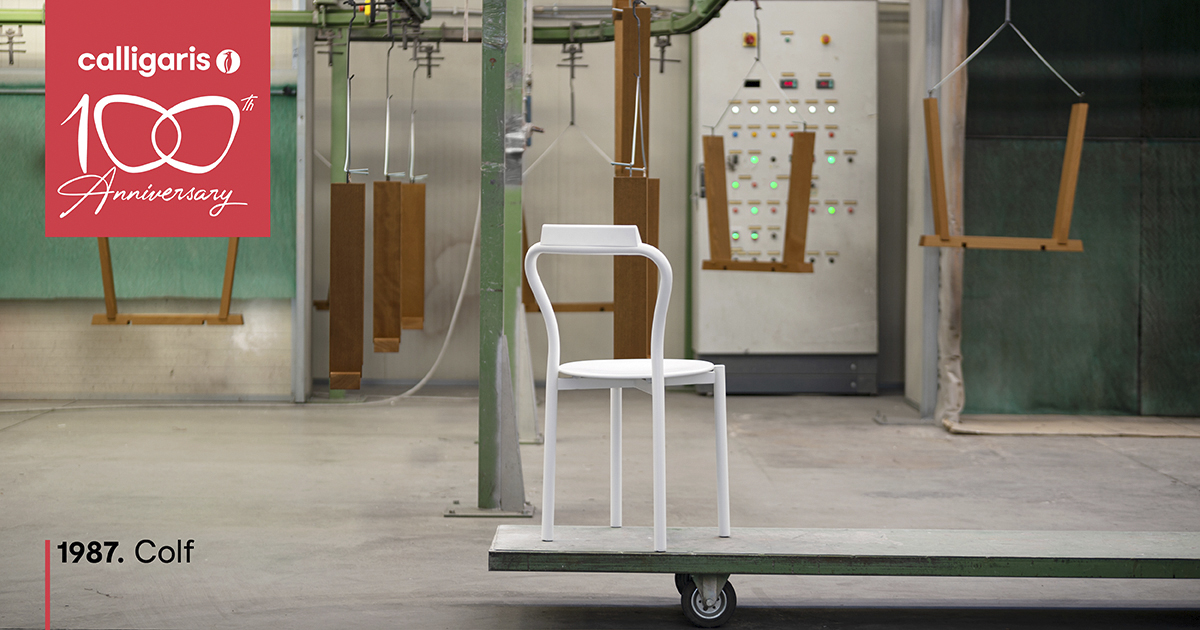
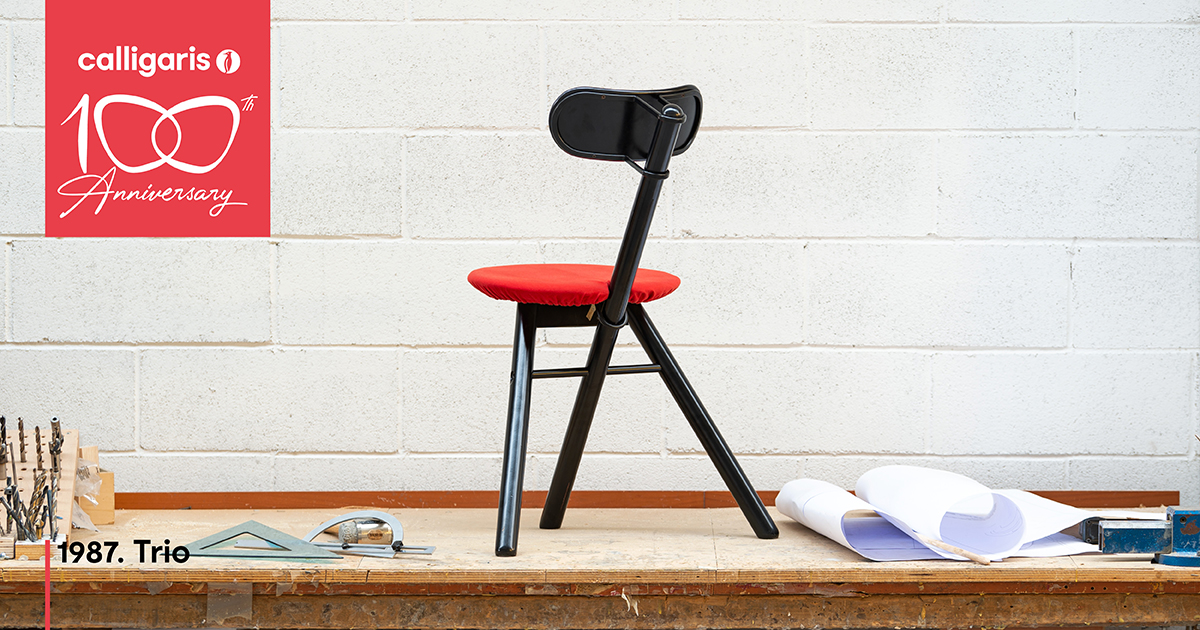
The Trio chair is born from the artistic union between designers Lucci and Orlandini, characterized by the three legs that create a unique and surprising play of shapes.
A deliberately minimal design combines with the typical features of folding chairs, creating a welcoming and versatile piece of furniture.
The wooden structure is enhanced by metal joints and a customizable padded seat.
The Robin chair tells a story of courage, a story of freedom and resistance.
The name Robin is therefore a tribute to the brave literary hero penned by Alexandre Dumas.
This ash wood chair by Massimo Iosa Ghini shows how this material remained a point of reference even during the years of industrial development, requiring care and craftsmanship but giving in return an innovative and modern design for the time.
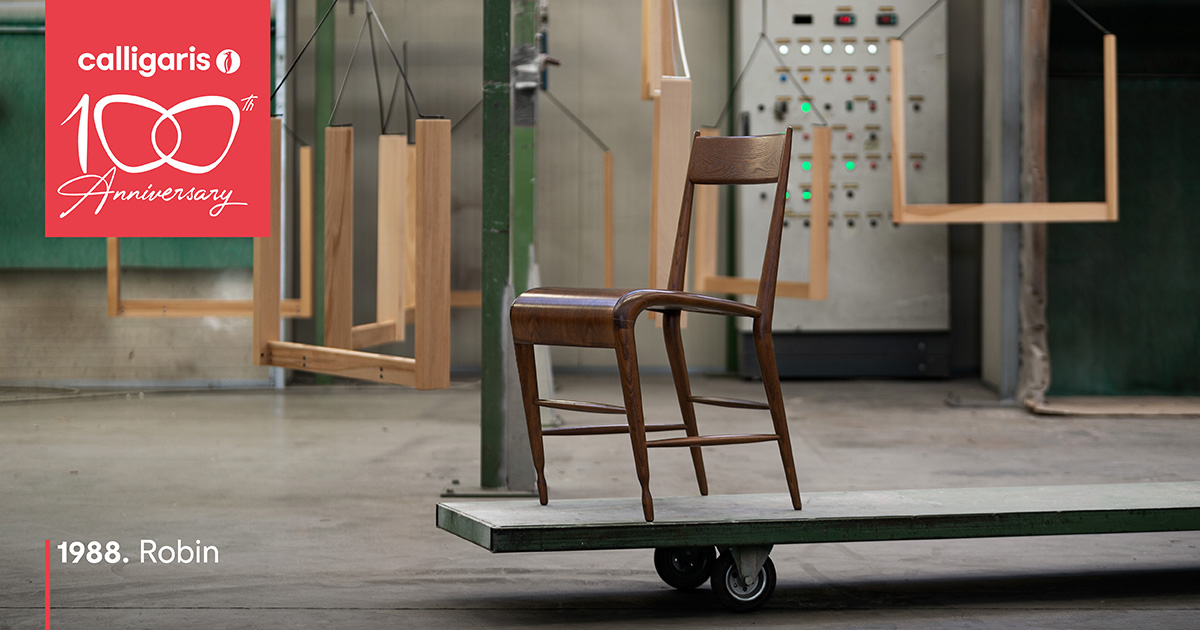
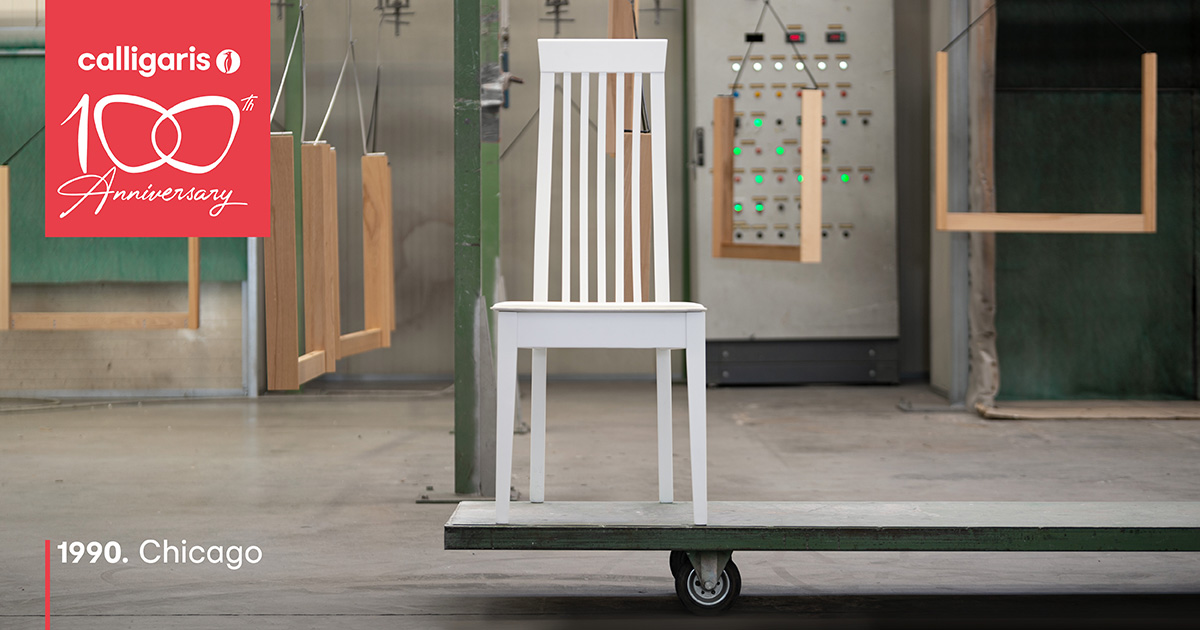
It is the 1990s and there is a desire for change.
Hence the Chicago chair, characterised by an elongated backrest and interchangeable seat.
This international best-seller responds to the desire to create important furniture that can unite several styles and tastes, adding a touch of elegance thanks to the full and empty play of the backrest.
Sabrina chair, a Calligaris bestseller for over ten years, is born from elegance and balance.
Its minimal design and interchangeable seats make it comfortable and versatile, ensuring solidity and resistance.
Its essence evokes tradition, simplicity, and reliability.
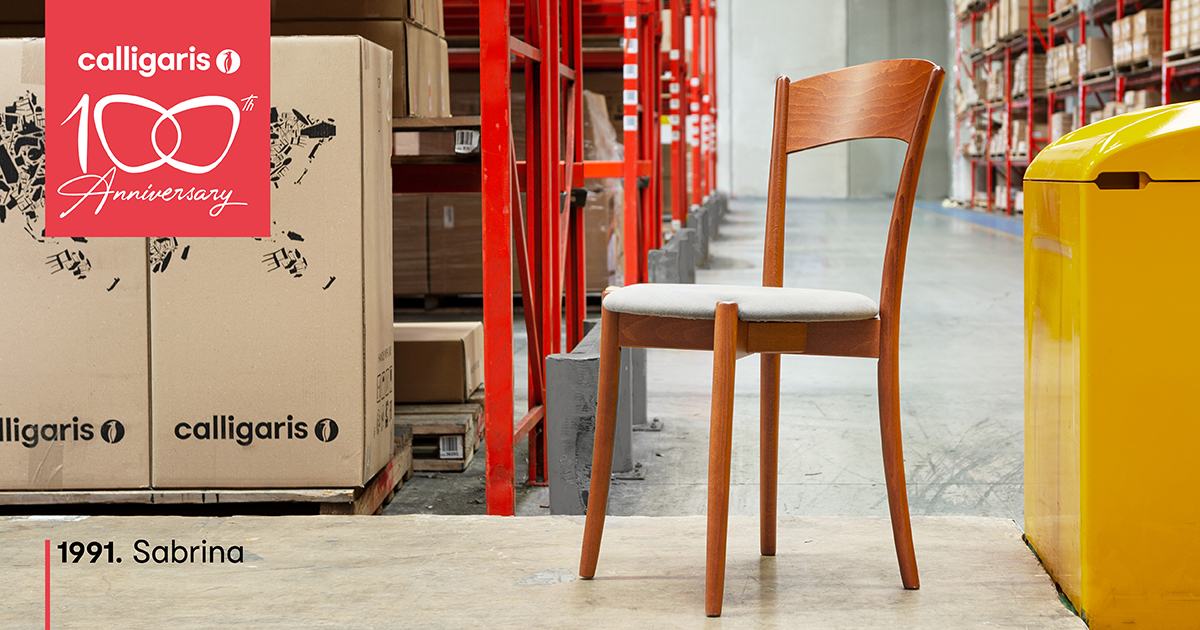

Air, a chair with an intriguing and innovative history, was born in 2001 and quickly became a Calligaris bestseller.
Its elegant and lightweight design, characterized by the combination of mesh and metal, makes it unique. These two materials create an unprecedented contrast of shapes: the lightness and breathability typical of mesh combine with the solidity and firmness of metal.
This duo, usually associated with the work environment, is finally also adapted for the domestic environment, becoming part of everyday life in many homes.
The uniqueness of the Jam chair lies in the duality of the thermo-welded materials that meet to create a transparency with a crystal-clear effect, elastic and comfortable to the eye.
The two-tone technopolymer shell enhances the glossy white seat.
The distinctive element is the possibility of choosing the colour of the backrest, developing a unique level of customisation.
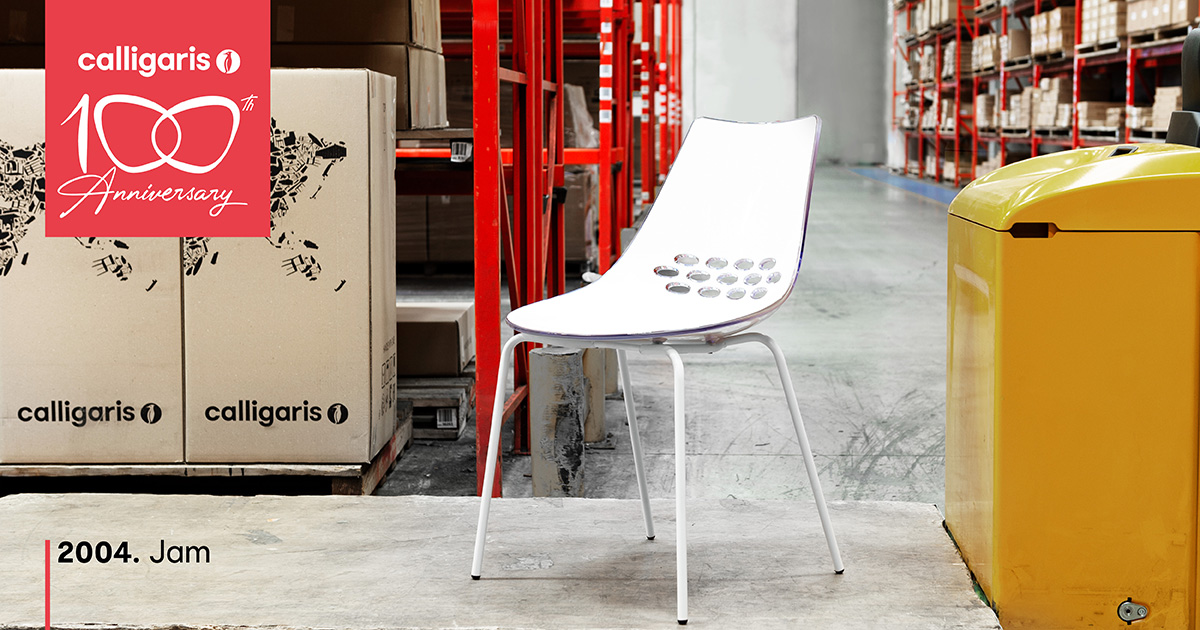

The Wien chair, for Calligaris, represents a big step toward innovationby experimenting with new materials from wood.
The Wien is, in fact, made of aluminum, a material of great strength that has made it possible to create a solid and durable supporting structure. The methacrylate backrest retains its color over time.
Simple, refined and elegant, the Wien chair is perfectly suited to both the home environment and the most exclusive bars and restaurants.
The development of the logo allows us to understand the evolution of the company.
From the first seat weaving machine to the production of furniture and furnishings that make every home a warm and welcoming place.
Calligaris stands out for its commitment to craftsmanship, adding touches of elegance and sophistication to its homes.
Tonino Cragnolini's illustration is a true hymn to the construction and growth of Calligaris during its golden years.
This work of art is able to visually communicate the essence of a company that has made quality and attention to detail its core values.
